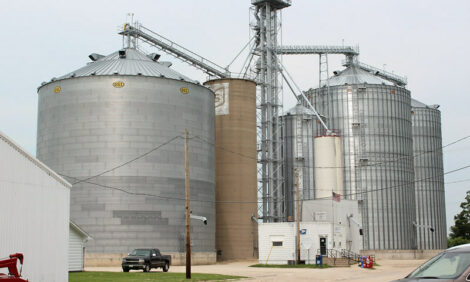



New Cattle Without New Disease
UK – Cattle farmers have been reminded of the importance of minimising biosecurity risks when buying new stock.The risk can be reduced by sourcing from as few farms as possible and consulting with veterinary professionals to formulate strategies to suit individual holdings.
Farmers should be wary of past histories of cattle and look at grazing history, as well as health records, as part of a rigorous prevention strategy.
This is according to the latest advice from Beef and Lamb levy board EBLEX which states that bought cattle are kept separate during the three week quarantine.
EBLEX livestock scientist Poppy Frater said: “During quarantine, it’s important to regularly observe cattle for any signs of infectious disease, such as pneumonia, scour, skin irritations and lameness.
“Ensure there is no direct contact between any purchased cattle, or their faeces or urine, and the main herd during this time.”
She prescribes that, ideally, animals should be housed in a separate building or separate field, so they are not in the same airspace.
However, if this is not practical, farmers should keep them ‘at least three metres’ from existing herd animals.
During this time no dung should be removed and urine and faeces not be allowed to contaminate the existing herd’s areas of the farm. This should not be spread for two months.
If the quarantine situation occurs at pasture, a two month rule should again be applied although in the case of Johne’s infections, a longer period is advised.
Stockmen have also been advised that all animals are quarantined for a three week minimum period. This allows as a minimum isolation period to allow for tests to be carried out.
Testing in young stock may be for vital pneumonia, with general concerns being fluke, manage and worms.
For breeding stock, infectious diseases like Bovine Viral Diarrhoea (BVD), Johne’s disease, Leptospirosis and Infectious Bovine Rhinotracheitis (IBR) should be considered.
“The farm’s veterinary surgeon is best placed to give advice on whether or not testing, or vaccination, or both, are required for these diseases, depending on the risks and status of the herd, as they can be complex to control,” said Mrs Frater.
TheCattleSite News Desk


